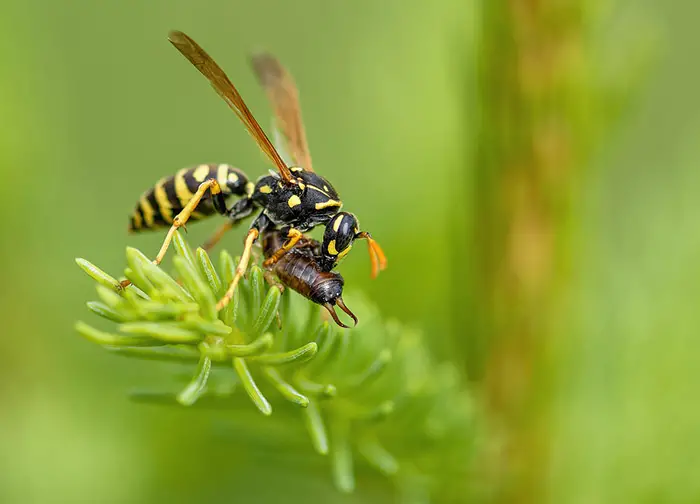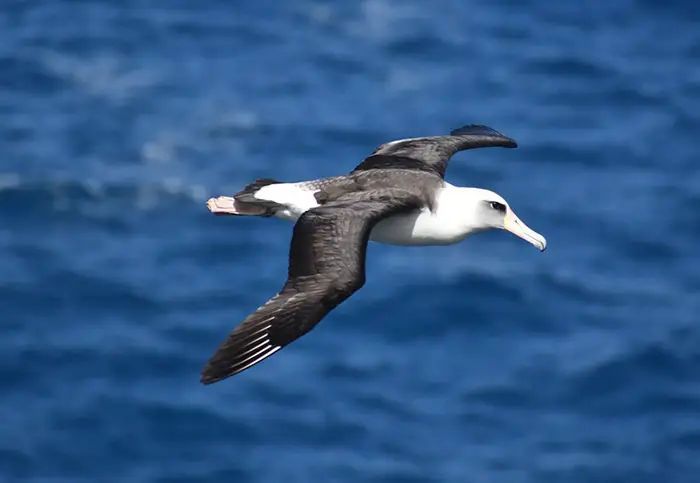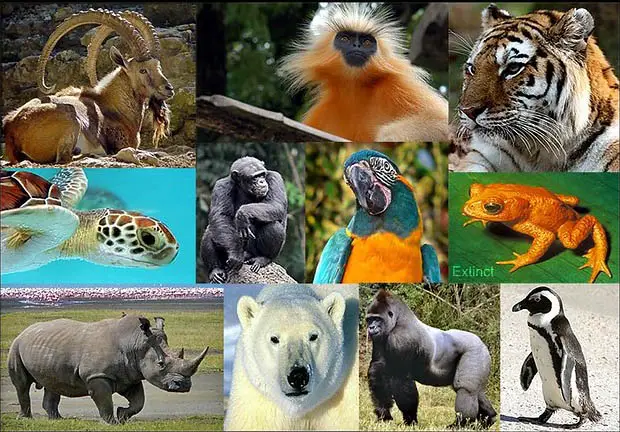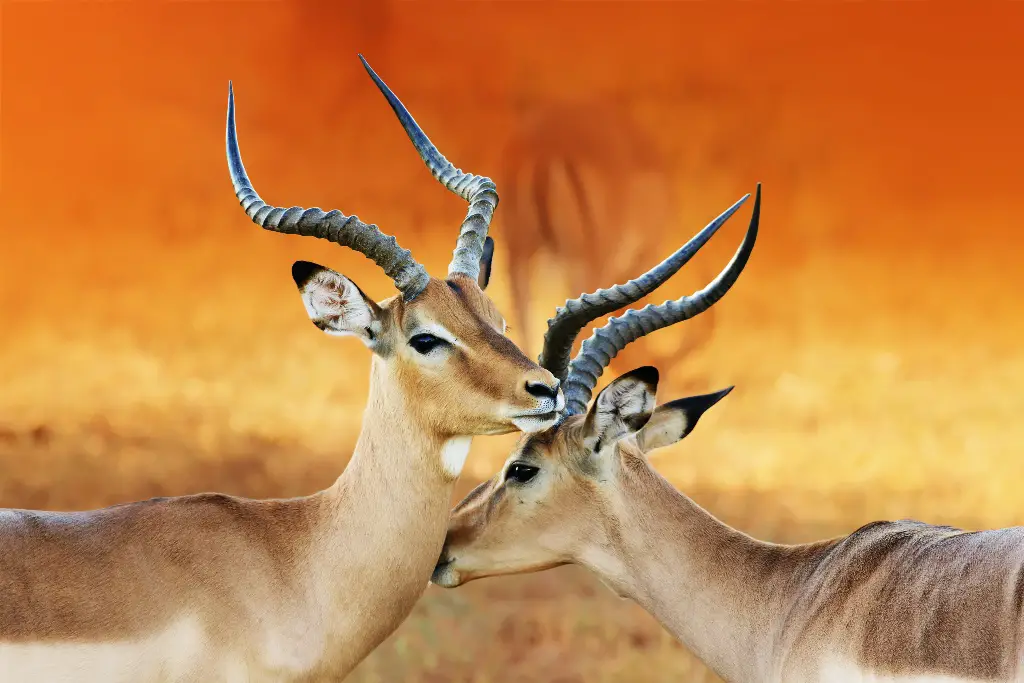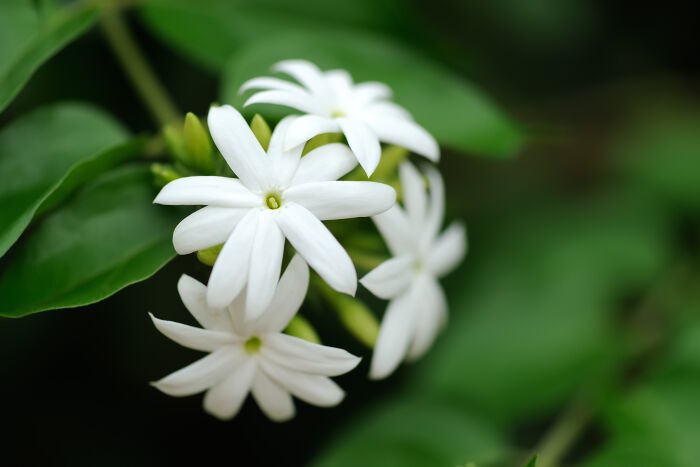| Kingdom: | Animalia |
| Phylum: | Chordata |
| Class: | Aves |
| Order: | Casuariiformes |
| Family | Casuariidae |
| Genus: | Casuarius |
| Brisson, 1760 | |
| Species | 1. Southern cassowary 2. Dwarf cassowary 3. Northern cassowary |
The Cassowary belongs to the genus of Casuarius. They are ratites, which means that they’re flightless birds without a keel on their sternum bone. They’re native to the tropical forests of Southeast Asia. There are three existing species of found in the wild. However, size varies across there different living species. The common species among them is the Southern Cassowary, which happens to be the second heaviest and third tallest living birds in the world. However, they’re just smaller than the emu and ostrich. Cassowary’s three species include – The dwarf Cassowary, which is the smallest with an average height roughly 3 feet tall. Then the other one is the Northern Cassowary. This is an orange- throated behemoth which can stand about 5 feet tall. However, the Southern Cassowary is bigger than both; it is about 5 to 6 inches tall.
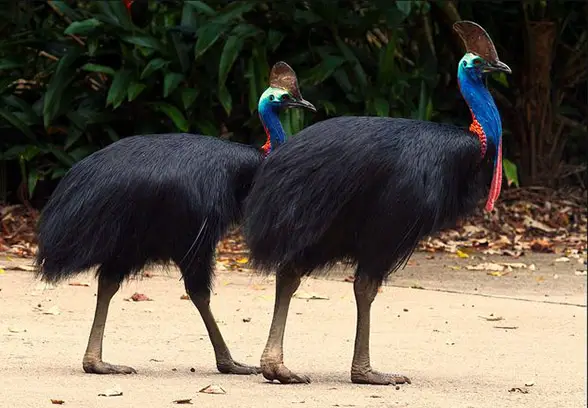
Cassowaries are eye-catching wild birds. They have a natural blue face with two bright red wattles hanging from their neck and a hollow. There is a distinctive character above their heads, which is known as a casque. Their muscular legs terminate with three claw-tipped toes that can make a powerful kick. The claw on the inner toe is especially frightening; it reaches 12cm – 5 inches.
Cassowaries are closely related to Emus but distantly related to ostriches, rheas, and kiwis. They’re all flightless birds, also known as Ratites. This giant bird has small vestigial wings tipped with a small claw that doesn’t have any purpose.
Cassowaries are flightless birds with bristly feathers. They can stand up to 2m height and weighs as much as 60kg; this weight is equivalent to six mute swans, which happen to be the heftiest birds.
What does Cassowary eat?
Cassowary majorly feeds on fruit, however, every specie of the cassowaries are omnivorous. Therefore makes them plant-eaters, they eat plant as food – Grass seeds, shoots, fungi, small vertebrates, and invertebrates. They are known as what is called “Frugivores,” which means they eat their poops. Most wild cassowaries eat fruits and berries that fall to the ground in the rainforests, where they live. Since most fruit seeds are not digested inside their digestive system, they participate in distributing the seeds in the forest. A wild southern cassowary can eat over 11 pounds of fruits a day, along with plenty of fungi and dead animals, probably for extra proteins. They also hunt lizards, rodents, and snails—lastly, their poop. Cassowary poop typically contains half-digested fruits, which surprisingly has good nutritional value.
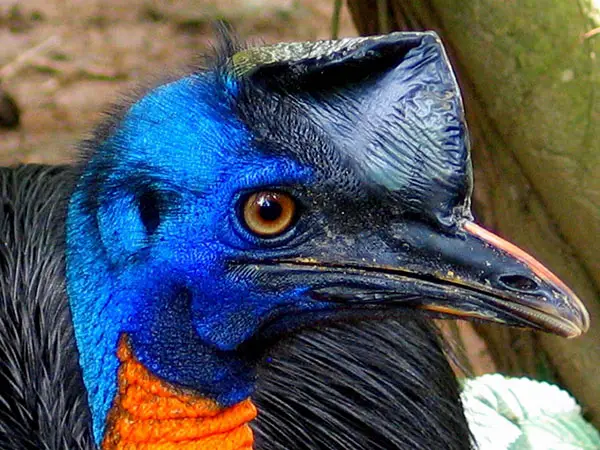
What is Casque on their head?
Cassowaries have giant fingernails on their heads. This is an extraordinary feature among the birds. Cassowary has the protection of its Casque, and this is a hard helmet on the top of the head, made out of a spongy material covered by keratin. Nobody can define why these birds have giant fingernails on their heads. Research says the Casque could reveal a bird’s age or ascendance or could just be used as a sort of helmet or shock absorber that protects the bird’s head when it pushes through the rainforest underbrush. Another research team of La Trobe University revealed that this bird uses it to emit heat from the body to survive in the hot condition.

Breeding of Cassowary
During the breeding season, female intercourse with different male partners. After she is laying the eggs, she leaves them, where the male one takes over and incubates the eggs for about 50 days. The sole responsibility of incubating and protecting eggs reflects the male. The male doesn’t leave over the egg, not even to eat or drink. Immediately the egg hatches, the male spends another nine months raising and protecting the chicks. He teaches the chicks to fend for themselves. Southern Cassowary eggs are greenish color. This green color comes from the biliverdin pigment, where the most common bird’s eggshell contains pigment. Greenish color helps eggs for protection from the surrounding predators as they are ground-nesting birds.
Are they dangerous
The Cassowary is known to be very scary but can be fascinating. A matured bird can kill humans. They look deadly just how they often are with their strong feet, which they leap up at fast speeds. Indeed, they are the most dangerous bird. When a cassowary feels threatened, it can leap 7 feet off the ground and strike out with its claws. Therefore, inflicting possible to fatal wounds of internal organs and cause acute bleeding.
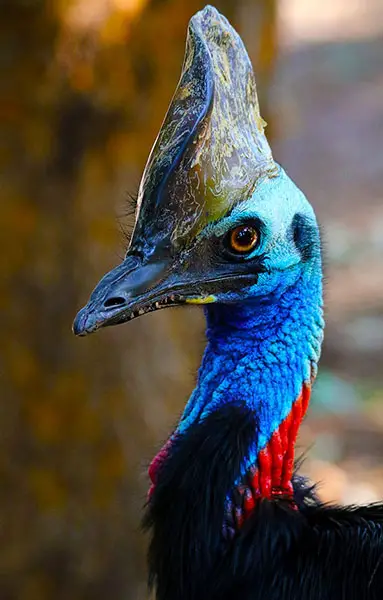
Amazingly, cassowaries can jump five feet off the ground. In some cases, they hit on their prey/ victims. They try this jump to some attack. They’re incredible sprinters and swimmers with a top running speed of 30 miles per hour.
The Cassowary is cautious to humans but can inflict serious injuries, even fatal when provoked, which tags it “the most dangerous bird.” Generally, Cassowaries are a shy, peaceful bird in the wild. The average lifespan is about 40 to 50 years in the wild.

